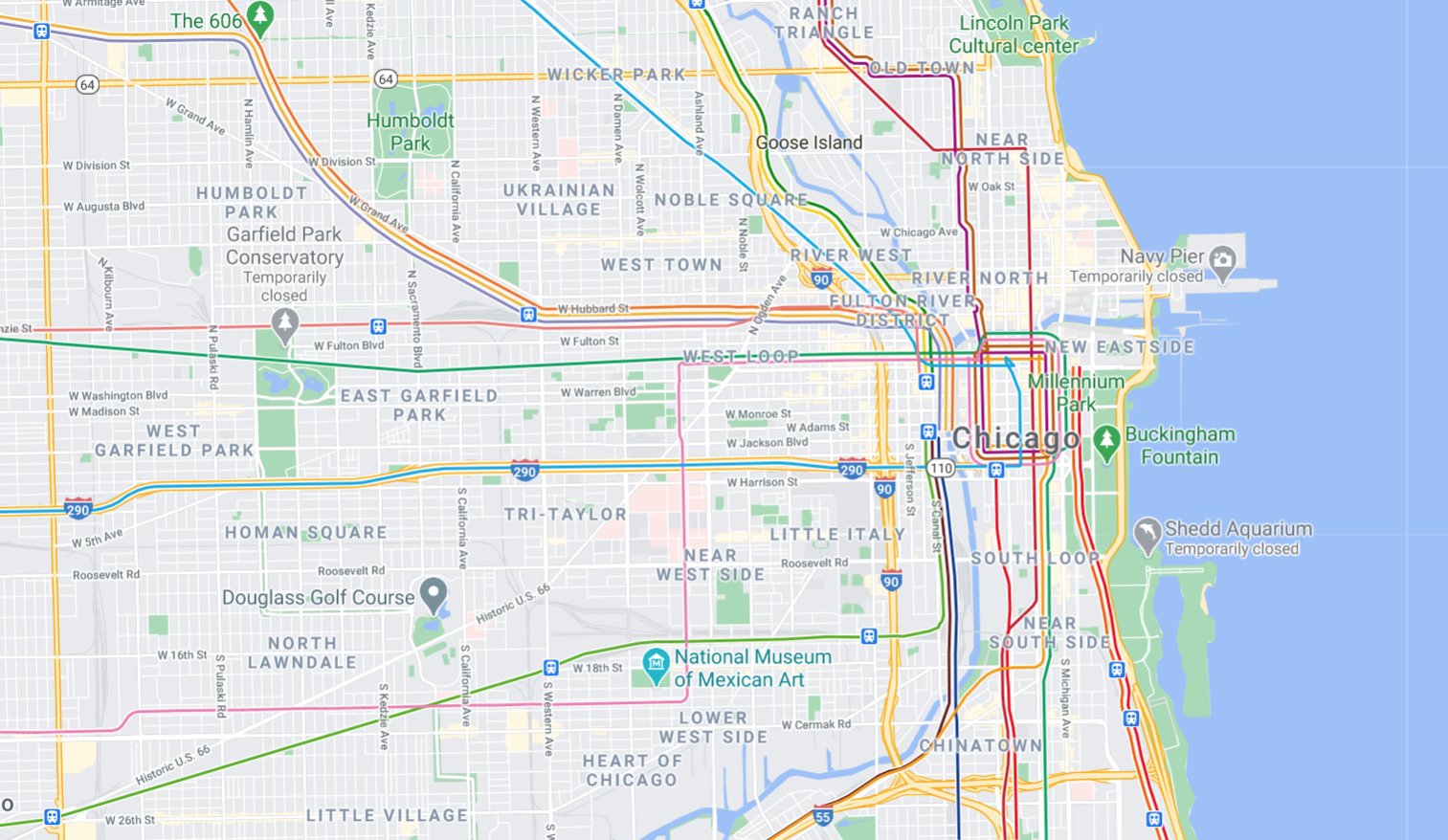A recent piece in Crain's by Ally Marotti argued that "'If Michigan Avenue is dead, Chicago is dead': With the exit of Macy's and other retailers, the Mag Mile needs to be reinvented." The article notes that retail space occupancy on the Magnificent Mile has been dropping in recent years, and the pandemic and economic downturn has accelerated that trend. The occupancy rate will get worse with the impending departure of Macy's and the Gap.
Various experts Marotti interviewed said the solution to Michigan Avenue's waning fortunes is to do more to make spending time there a unique experience you can't get from shopping online. Suggestions included indoor and outdoor galleries and installations, live theater, street performers, and outdoor dining. They also pointed to the need for more pedestrian space, ala New York City's Times Square makeover. These are all good ideas.
"If the answer is retail, we may be in trouble," said Paul O'Connor the founding director of the economic development agency World Business Chicago. "But if the answer is making Michigan Avenue one of the coolest urban experiences in the United States of America, that's a game we can play." The experts say that more big, flashy retail chain flagship stores like the giant Starbucks and the slick Apple store will be part of the solution.
But as it stands, the Mag Mile is in trouble, Marotti reported. While in 2019 nearly 6.1 million people passed by 401 N. Michigan Ave., according to counts from electronic sensors, that dropped to about 3.6 million last year. Foot traffic on the day after Thanksgiving, traditionally the biggest shopping day of the year, plummeted an estimated 70 to 80 percent.
Michigan Avenue is the busiest retail corridor in the city, so it's certainly troubling that retailers there are facing such stiff headwinds. But I'd argue that we should be more imaginative when brainstorming ways to revitalize downtown, going beyond simply looking at ways to coax people back to a glitzy business strip.

Obviously downtown office occupancy has also plummeted during COVID-19, when so many people are working from home. And now that many businesses and institutions have learned that they can function just fine with people working remotely, and many employees actually prefer it, it's likely that the office rental market will never return to its pre-pandemic state. Fewer in-person commutes is bad news for transit ridership.
But less demand for office space also creates an opportunity to rethink the purpose of downtown real estate. Lower property values and rents will make downtown living more affordable. And if the city of Chicago actively encourages the development of Loop housing that's within financial reach of middle-income and working-class people, there will be a built-in market for downtown shops and restaurants.
rents down here have fallen by around 20% from pandemic and flood of new inventory. entry looking easier for more folks!
— michael ⚛️🏗🚇🚸 (@cornoisseur) January 12, 2021
It would be virtuous cycle. The more people who can afford to live downtown, the more local businesses will thrive, and residents' access to goods services, jobs, and educational opportunities will continue to improve.
And living downtown would be a huge boon for non-wealthy Chicagoans in terms of improved transit access. It's a major wasted opportunity that relatively few people live in the one part of Chicago where it's easy to get to just about anywhere else in the region by train.
So, sure, let's do what we can to help keep the Mag Mile remains attractive to well-heeled boutique shoppers and visitors to our city who want to browse giant chain stores -- these things are good for Chicago's economy. But let's start thinking outside the box in terms of what the real function of downtown should be for ordinary Chicagoans.




